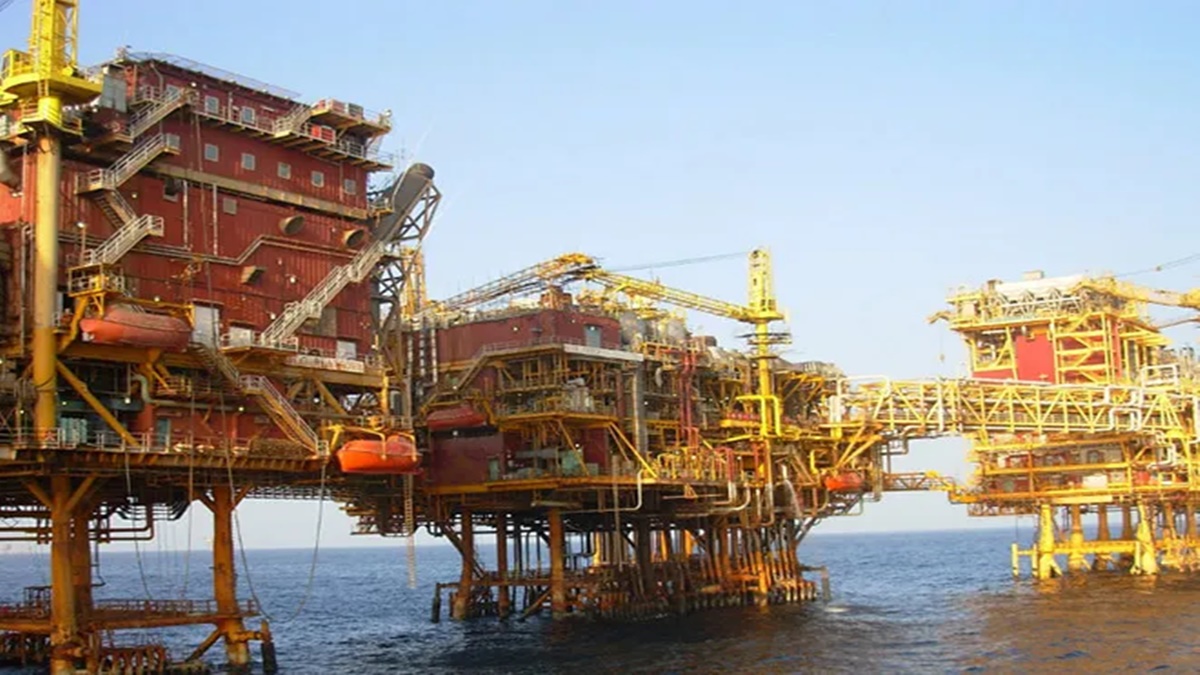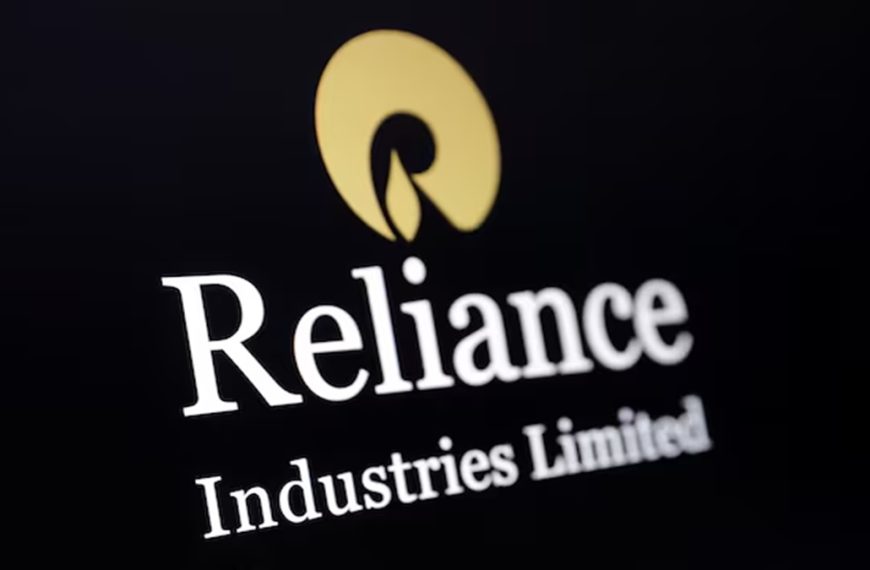The Petroleum and Natural Gas Regulatory Board (PNGRB) is making waves with its latest initiative aimed at transforming the tariff structure for pipelines that transport natural gas. This new framework not only seeks to standardize tariffs but also proposes to charge city gas distributors (CGDs) lower rates for selling compressed natural gas (CNG) and piped cooking gas to households. The goal? To attract more investments and stimulate an increase in gas consumption across the nation.
Proposed Changes to Tariff Structures
In a recent public consultation, the PNGRB introduced a comprehensive document aimed at revising the zonal tariffs associated with gas pipelines. These pipelines transport gas from production fields or import ports to various users, including power plants, fertilizer units, and city gas distributors.
- Key Highlights of the Proposal:
- Reduction of unified tariff zones from three to two.
- Implementation of a zone-1 unified tariff for all CNG and piped natural gas (PNG) domestic customers.
- Uniform delivery costs for CGDs, which is expected to create a more competitive market for natural gas.
Industry experts, including analysts from Kotak Institutional Equities, have expressed that the revised changes are forward-thinking. They believe that while the overall impact on transmission costs might be marginal, CGDs, particularly those in hinterland areas like Indraprastha Gas Limited (IGL), are likely to benefit significantly.
Financial Implications for City Gas Distributors
According to Kotak’s analysis, the financial impact for IGL could translate to an overall benefit of ₹42/mmbtu (approximately $0.5/mmbtu), with an estimated EBITDA advantage of ₹1.6/scm. This is particularly relevant for IGL, which has faced challenges in increasing prices in the National Capital Territory of Delhi. Conversely, the impact on other players like Mahanagar Gas Limited (MGL) is expected to be minimal.
The PNGRB is tasked with setting the transmission tariffs for natural gas pipelines, typically designed to guarantee a 12% normative return on capital employed. Historically, these tariffs have escalated based on the distance from gas sources, leading to higher costs for consumers situated further away.
Public Consultation and Stakeholder Engagement
The regulator has invited stakeholders to provide feedback on various aspects of the proposed tariff regulations. This includes discussions on reducing tariff zones and establishing a unified tariff structure that applies to all CNG and PNG domestic customers nationwide, regardless of their proximity to gas sources.
In November 2020, the PNGRB first proposed a unified tariff for all consumers connected to the natural gas grid. This proposal came to fruition on April 1, 2023. Under this new structure, the entire pipeline is segmented into three zones based on distance, with tariffs set at 52.5% of the unified tariff for Zone 1, and 75% for Zone 2.
What’s Next for Natural Gas in India?
With the proposed changes, 66.17% of the unified tariff will apply to the initial tariff zone. All CNG and PNG-domestic users will be subject to the zone-1 tariff, regardless of their location. This initiative is expected to enhance the competitiveness of natural gas compared to liquid fuels, as stated by the PNGRB.
The new framework also aims to encourage isolated network operators and ensure that benefits from excess volume distribution are shared between consumers and pipeline operators. Furthermore, it proposes a policy for the long-term procurement of system use gas (SUG) by pipeline operators.
Future Goals and Expansion Plans
Looking ahead, India is on track to achieve 120 million PNG connections and establish 17,500 CNG stations by 2030. As of December 2024, the country boasts 7,395 CNG stations and 14 million PNG domestic connections.
In previous years, the PNGRB has made significant amendments to boost investment and enhance gas consumption in remote areas. The unified tariff system introduced in 2023 aimed to standardize natural gas transportation fees across the national grid. For the fiscal year 2023-24, the levelized unified tariff was set at ₹73.93 per million British thermal units, with specific zonal tariffs apportioned as ₹39.45 per mmBtu for Zone 1, ₹74.97 per mmBtu for Zone 2, and ₹99.90 per mmBtu for Zone 3.
With these changes, the PNGRB is poised to make a significant impact on the natural gas landscape in India, fostering a more competitive environment and encouraging sustainable growth in the sector.











